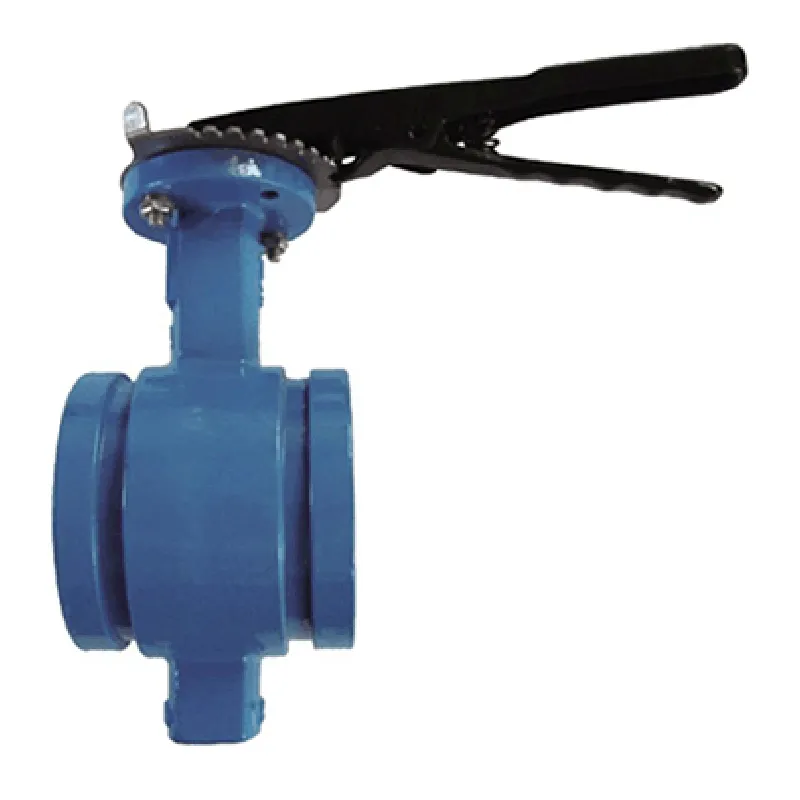Nov . 09, 2024 00:47 Back to list
Casting Techniques for Efficient Ball Valve Production and Performance Optimization
Understanding Casting Ball Valves A Comprehensive Overview
In the realm of industrial piping systems, the selection of valves plays a crucial role in ensuring efficient and reliable operations. One of the most widely used types of valves is the ball valve, particularly those manufactured through the casting process. This article will delve into the intricacies of casting ball valves, exploring their design, advantages, applications, and maintenance practices.
What is a Casting Ball Valve?
A casting ball valve is a type of quarter-turn valve that utilizes a spherical disc, known as a ball, to control the flow of fluid through a pipeline. The ball features a hole or port in its center that aligns with the pipeline when the valve is in the open position, allowing fluid to flow through. When the valve is closed, the ball rotates, blocking the flow. These valves are typically made using steel or other materials that are cast into the desired shape, ensuring strength and durability.
The Casting Process
The manufacturing process of casting ball valves begins with creating a mold in which molten metal is poured. This method allows for the production of complex shapes and designs that are often more difficult to achieve through other manufacturing techniques. Once the metal cools and solidifies, the mold is removed to reveal the rough casting, which undergoes machining and finishing to achieve precise dimensions and surface quality.
Advantages of Casting Ball Valves
1. Durability and Strength Casting ball valves boast high structural integrity, making them suitable for high-pressure and high-temperature applications. The casting process allows for thicker walls, enhancing their ability to withstand harsh conditions.
2. Versatility These valves can be manufactured in various sizes and configurations, accommodating a multitude of applications across different industries ranging from oil and gas to water treatment and chemical processing.
3. Low Leakage Rate The design of ball valves minimizes the risk of leakage, especially in the closed position. This characteristic is critical in industries where fluid containment is paramount.
4. Ease of Operation With a simple quarter-turn operation, casting ball valves can be easily opened and closed, facilitating efficient control of fluid flow within a system.
casting ball valve

Applications of Casting Ball Valves
Casting ball valves find extensive use in numerous applications across various sectors. Common applications include
- Oil and Gas Industry They are widely used in upstream, midstream, and downstream operations to control the flow of oil and gas. - Chemical Processing These valves handle aggressive chemicals and corrosive substances, making them essential for chemical manufacturing plants. - Water Treatment In municipal water systems, casting ball valves regulate flow and pressure, contributing to effective water management. - Power Generation Ball valves are utilized in power plants to ensure efficient and safe operation of turbines and other equipment.
Maintenance of Casting Ball Valves
To ensure optimal performance and longevity, regular maintenance of casting ball valves is essential. Here are some maintenance tips
1. Regular Inspections Periodically check for signs of wear, corrosion, or leakage. Early detection allows for timely repairs, reducing the risk of failure.
2. Lubrication Apply appropriate lubricants to the valve stems and seals to prevent jamming and ensure smooth operation.
3. Operating Procedures Follow proper operating procedures to avoid excessive force that could damage the valve.
4. Cleaning Keep valve surfaces clean to prevent buildup of debris or corrosive materials that could compromise functionality.
Conclusion
Casting ball valves are a vital component in many industrial applications, offering durability, versatility, and reliable performance. Understanding their design, benefits, and maintenance can significantly enhance their utility in fluid control systems. As industries continue to evolve, the role of casting ball valves will remain pivotal in ensuring efficient and safe operations across various sectors.
Share
-
Reliable Wafer Type Butterfly Valves for Every IndustryNewsJul.25,2025
-
Reliable Flow Control Begins with the Right Ball Check ValveNewsJul.25,2025
-
Precision Flow Control Starts with Quality ValvesNewsJul.25,2025
-
Industrial Flow Control ReliabilityNewsJul.25,2025
-
Engineered for Efficiency Gate Valves That Power Industrial PerformanceNewsJul.25,2025
-
Empowering Infrastructure Through Quality ManufacturingNewsJul.25,2025